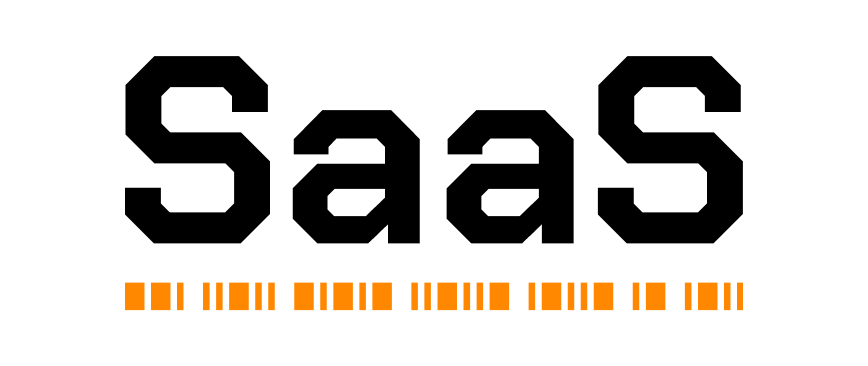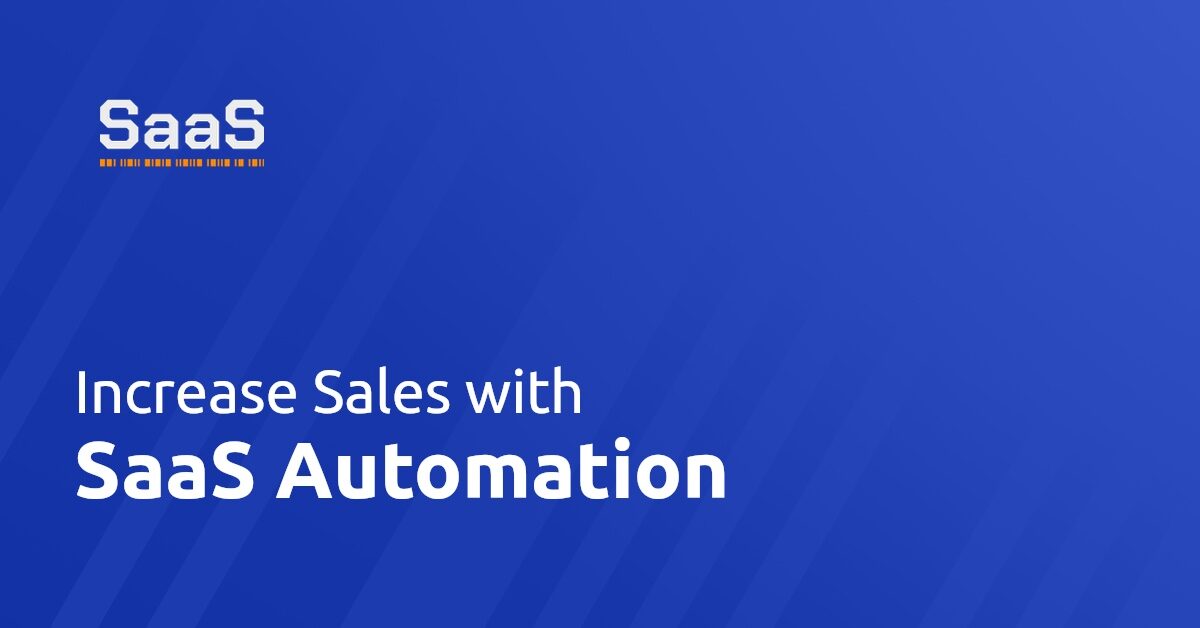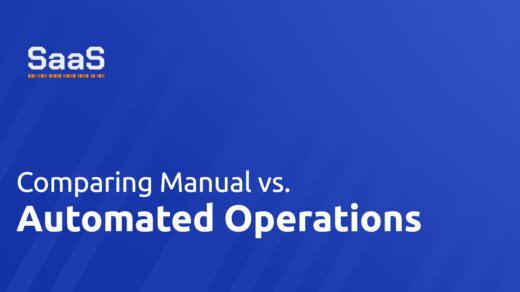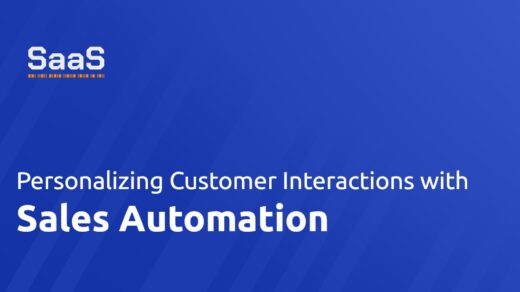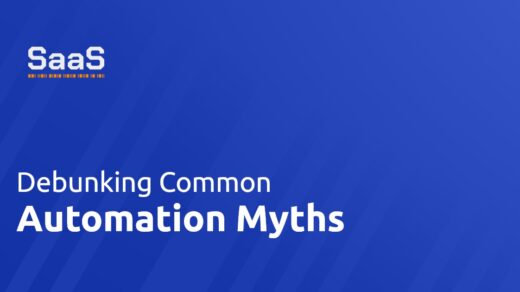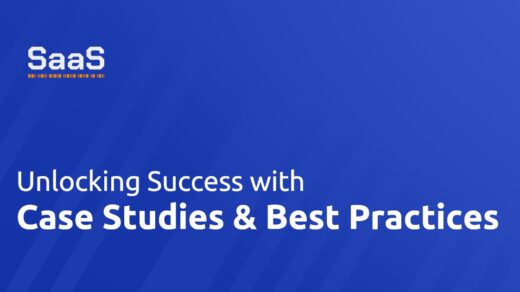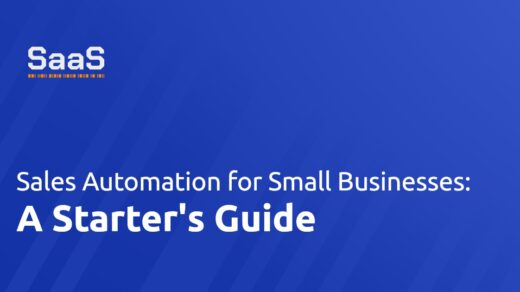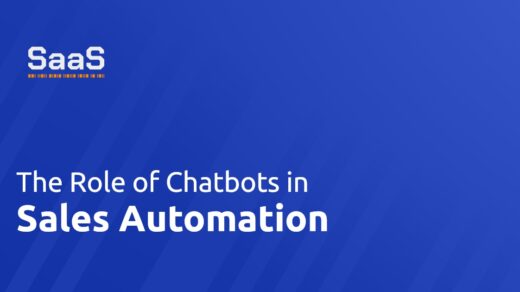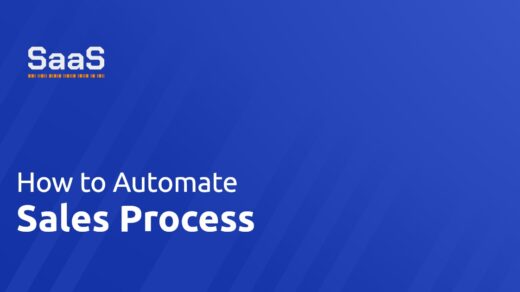Harnessing technology to enhance sales strategies has now become crucial for sustained growth. One of the most powerful tools at our disposal is SaaS automation—leveraging software solutions to streamline and optimize sales processes. In this blog post, we’ll delve into the transformative potential of SaaS automation for your sales strategy, explore the key aspects of sales that can be automated, outline best practices for successful implementation, guide you in selecting the right SaaS automation tools, and highlight the significance of metrics and analytics in measuring success.
How Can SaaS Automation Transform Your Sales Strategy?
SaaS automation possesses the potential to reshape your sales strategy fundamentally, ushering in a new era of efficiency and effectiveness. By automating various aspects of the sales process, from lead generation to customer interactions, you can unlock a myriad of advantages that contribute to increased revenue and streamlined operations.
In the traditional sales landscape, manual tasks often consume a significant portion of valuable time and resources. SaaS automation addresses this challenge by taking over repetitive and time-consuming activities, allowing your sales team to redirect their efforts toward higher-value tasks. From automating data entry and lead nurturing to scheduling follow-up emails, automation ensures that no potential lead slips through the cracks.
By tracking and analyzing customer interactions, engagement patterns, and conversion rates, automation generates actionable metrics that illuminate the effectiveness of your strategies. Armed with this information, your sales team can tailor their approaches, refine targeting, and adjust communication methods for optimal results.
What Are the Key Aspects of Sales That Can Be Automated?
SaaS automation offers the remarkable potential to automate several key aspects of the sales process, transforming the way businesses engage with customers and drive revenue. Lead generation is one of the prime areas that can benefit from automation. Through automated email campaigns, chatbots, and online forms, you can capture and qualify leads efficiently, providing a steady stream of prospects for your sales team to engage with.
Another crucial aspect that can be automated is customer follow-up and engagement. Automation tools can send personalized follow-up emails, reminders, and messages at specific intervals, ensuring consistent communication and nurturing leads throughout their buying journey. This level of engagement not only maintains the interest of potential customers but also reinforces your brand presence and value proposition.
Updating customer records, managing contacts, and tracking interactions can all be streamlined through automation, minimizing the risk of errors and freeing up your sales team’s time for more strategic activities. Moreover, automated reporting and analytics provide insights into customer behaviors, allowing you to identify trends and patterns that inform your sales strategies.
What Are the Best Practices for Implementing SaaS Automation in Your Sales Strategy?
Implementing SaaS automation into your sales strategy is a strategic endeavor that requires careful planning, effective execution, and a commitment to maximizing its benefits. To ensure a successful integration, start by conducting a comprehensive analysis of your existing sales processes. Identify pain points, bottlenecks, and tasks that are ripe for automation.
A crucial step in implementing SaaS automation is providing thorough training to your sales team. Equip them with the necessary skills to navigate and leverage the new tools effectively. This training should not only cover the technical aspects of using the software but also highlight the benefits and positive impact of automation on their daily tasks.
Regular monitoring and continuous improvement are essential components of successful SaaS automation implementation. Set up mechanisms to track the performance of automated processes and gather feedback from your sales team. This allows you to identify any issues or areas that require refinement and optimization. Stay agile in your approach, adapting to the evolving needs of your team and adjusting automation strategies as necessary.
How Do You Select the Ideal SaaS Automation Tools for Your Sales Workflow?
Selecting the ideal SaaS automation tools for your sales workflow is a crucial decision that can significantly impact your efficiency and success. Begin by defining your specific needs and goals. Identify the pain points in your current sales process that you intend to address with automation. Understanding your objectives will guide you in choosing tools that align with your business goals and cater to your unique requirements.
Compatibility with your existing tech stack is a pivotal consideration. Look for SaaS automation tools that seamlessly integrate with the software and systems you currently use. This ensures smooth data flow and minimizes disruptions in your workflow. Scalability is equally important – as your business grows, the tools should be able to accommodate increased demands without compromising performance.
Ease of use is a critical factor, as your sales team should be able to adopt the tools quickly and efficiently. A user-friendly interface and intuitive design promote smooth onboarding and reduce the learning curve. Additionally, customization capabilities play a crucial role. Your sales processes are unique to your business, so opt for tools that allow you to tailor automation workflows to match your specific needs.
What Metrics and Analytics Should You Focus on When Using SaaS Automation for Sales?
Metrics and analytics form the backbone of effective SaaS automation utilization within your sales strategy. Key performance indicators (KPIs) such as lead conversion rates, customer acquisition costs, and sales cycle lengths are paramount in assessing the efficiency and impact of your automated processes. These metrics provide insights into the effectiveness of your sales strategy, helping you identify areas of improvement, refine your approach, and maximize your ROI.
Customer behavior analysis is another critical aspect of metrics to focus on. Tracking how potential customers interact with your automated communications and content provides valuable insights into their preferences and engagement patterns. Understanding which touchpoints resonate most with your audience enables you to tailor your strategies accordingly, creating a more personalized and engaging customer experience. By analyzing engagement metrics such as click-through rates and open rates, you can fine-tune your communication strategies and optimize customer interactions.
Incorporating SaaS automation into your sales strategy can lead to a remarkable transformation in how you approach customer engagement and revenue generation. By automating tasks, optimizing workflows, and leveraging data insights, you can unlock your sales team’s full potential. Remember, successful implementation requires careful planning, ongoing monitoring, and a commitment to embracing change. As you navigate the world of SaaS automation, keep your business objectives at the forefront and continually adapt your strategies to meet evolving customer needs and market dynamics.
